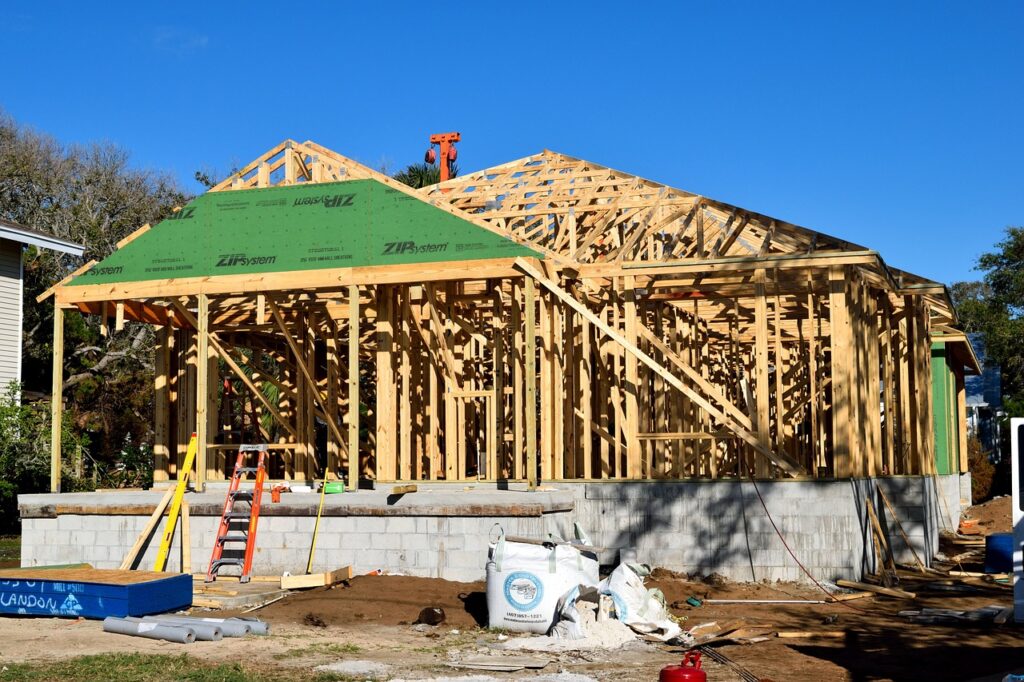Rats are a common problem in Langley, causing damage to property and posing health risks. Effective rat control Langley requires a combination of prevention, trapping, and sometimes professional pest management services.
The most reliable way to control rats in Langley is by identifying entry points, eliminating food sources, and using targeted traps or treatments. Addressing these factors quickly helps reduce the rat population and prevents future infestations.
Local conditions such as climate and urban layout influence rat behavior, making it important to use strategies suited specifically for Langley. Understanding these details can improve control efforts and protect homes and businesses.
Effective Rat Control Solutions in Langley
Rats in Langley can be identified through specific signs, and understanding the common species helps tailor control efforts. Prevention focuses on limiting access to food and shelter, while professional removal services provide expert, targeted solutions when infestations persist.
Signs of a Rat Infestation
Common signs of rats include droppings, typically dark and pellet-shaped, found near food sources or along walls. Gnaw marks on wood, wiring, and stored goods indicate active chewing behavior.
Noises such as scratching or scurrying in walls or ceilings often occur at night. Rats also leave greasy rub marks from their fur along frequently traveled paths.
Unusual nesting materials like shredded paper or fabric can appear in hidden spots. A strong ammonia-like odor may signal a large infestation nearby.
Common Rat Species in Langley
Two primary species are found in Langley: the Norway rat and the roof rat.
The Norway rat is larger, typically brown or grey, and prefers ground burrows near water sources. It is often found in basements or lower floors.
The roof rat is smaller, sleeker, and black or dark brown. It climbs well and favors attics, trees, or higher areas in buildings.
Knowing the species helps focus control strategies, such as where to place traps or how to seal entry points.
Prevention and Exclusion Methods
Effective prevention removes attractants like food scraps and accessible water. Securing garbage bins with tight lids and cleaning up pet food reduce food availability.
Sealing gaps larger than a quarter-inch around doors, pipes, vents, and foundations denies rats entry. Using heavy-duty steel mesh to block holes prevents chewing through barriers.
Removing clutter and trimming vegetation near buildings eliminates shelter that rats use to hide or nest. Maintaining clean, dry spaces discourages rat habitation.
Professional Rat Removal Services
Licensed pest control experts assess infestation levels and species identification. They place traps and baits strategically for maximum impact.
Professionals use integrated pest management (IPM) techniques, combining chemical, mechanical, and exclusion methods. This increases the chance of complete removal.
They also provide follow-up inspections and prevention recommendations tailored to each property’s needs. Hiring specialists reduces health risks associated with DIY approaches.
Safe and Long-Term Rat Management
Effective rat management requires addressing health concerns, using sustainable control methods, and maintaining vigilance through ongoing monitoring. Long-term success depends on combining these elements with regular maintenance to prevent reinfestation.
Health Risks Associated With Rats
Rats are carriers of various diseases that pose significant health risks. They can transmit bacteria like Leptospira, which causes leptospirosis, and Salmonella, responsible for food poisoning. Rats also harbor parasites such as fleas and mites, which can spread illnesses to humans.
Their urine and droppings can contaminate surfaces and air, worsening respiratory problems, especially in children and people with weakened immune systems. Homes and businesses should prioritize sanitary measures to minimize exposure.
Preventing rat infestations reduces potential disease spread and promotes a safer living and working environment.
Eco-Friendly Control Strategies
Using eco-friendly rat control methods limits environmental impact while maintaining effectiveness. Physical barriers, such as sealing entry points with metal mesh, prevent rats from accessing buildings without harmful chemicals.
Trapping is a common non-toxic method. Live traps allow for humane capture and relocation, but it requires careful handling to avoid stress or escape.
Natural deterrents like peppermint oil and ultrasonic devices may help but should be combined with other methods for better results.
Avoiding poisons protects beneficial wildlife and reduces secondary poisoning risks to pets and other animals.
Ongoing Monitoring and Maintenance
Continuous monitoring is critical to detect rat activity early and prevent population growth. Regular inspections of known entry points, food storage areas, and waste disposal sites help identify signs such as droppings, gnaw marks, or nesting materials.
Maintaining cleanliness by promptly removing garbage and sealing food containers denies rats access to sustenance. Repairing structural damages and clearing clutter eliminates shelter.
Implementing a schedule for inspections and maintenance ensures sustained protection against reinfestation, reducing the need for intensive control measures later.


